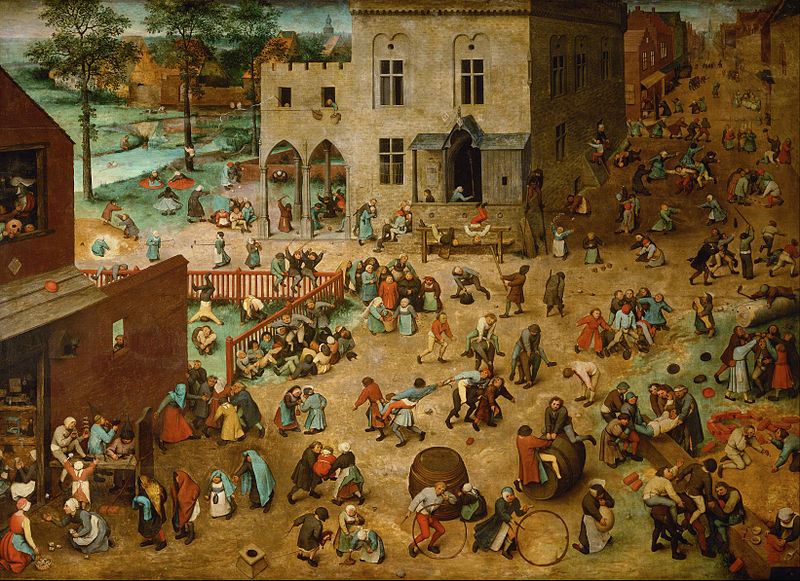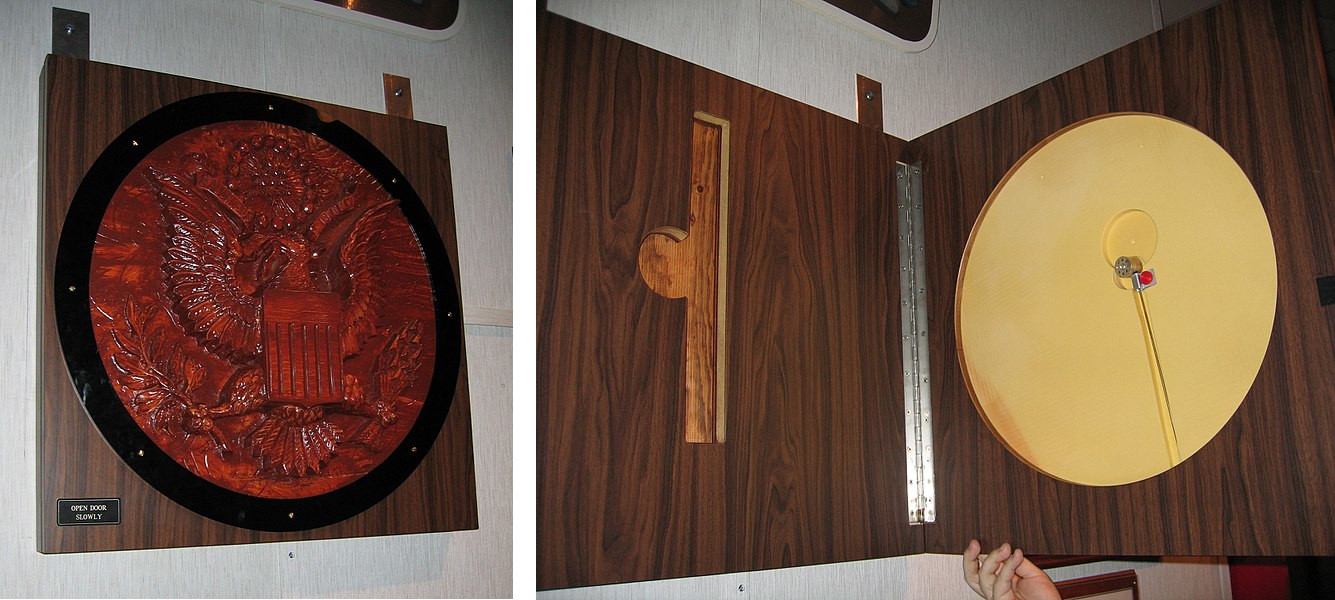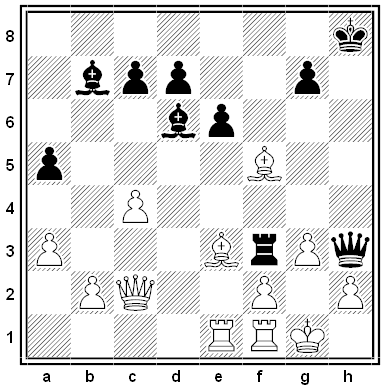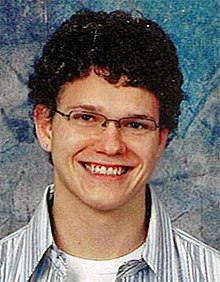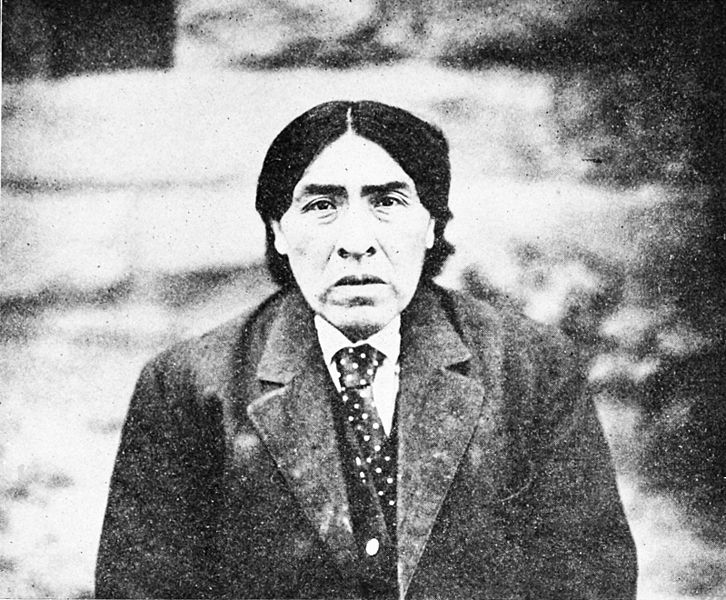An odd encounter between Thomas Edison and Henry Ford at a Democratic fundraising luncheon at New York’s Biltmore Hotel, 1916, from the memoir of Navy Secretary Josephus Daniels:
I do not suppose anything so strange ever occurred at a luncheon in New York and elsewhere. … After the first course, Edison, pointing to a large chandelier, with many globes, in the middle of the room, said, ‘Henry, I’ll bet anything you want that I can kick the globe off that chandelier.’ It hung high toward the ceiling. Ford said he would take the bet. Edison rose, pushed the table to one side of the room, took his stand in the center and with his eye fixed on the globe, made the highest kick I have ever seen a man make and smashed the globe into smithereens. He then said, ‘Henry, let’s see what you can do.’ The automobile manufacturer took careful aim, but his foot missed the chandelier by a fraction of an inch. Edison had won and for the balance of the meal or until the ice-cream was served, he was crowing over Ford, ‘You are a younger man than I am, but I can out-kick you.’ He seemed prouder of that high kick than if he had invented a means of ending the U-boat warfare.
(Via Edmund Morris’ 2019 biography Edison.) (Thanks, Aditya.)

